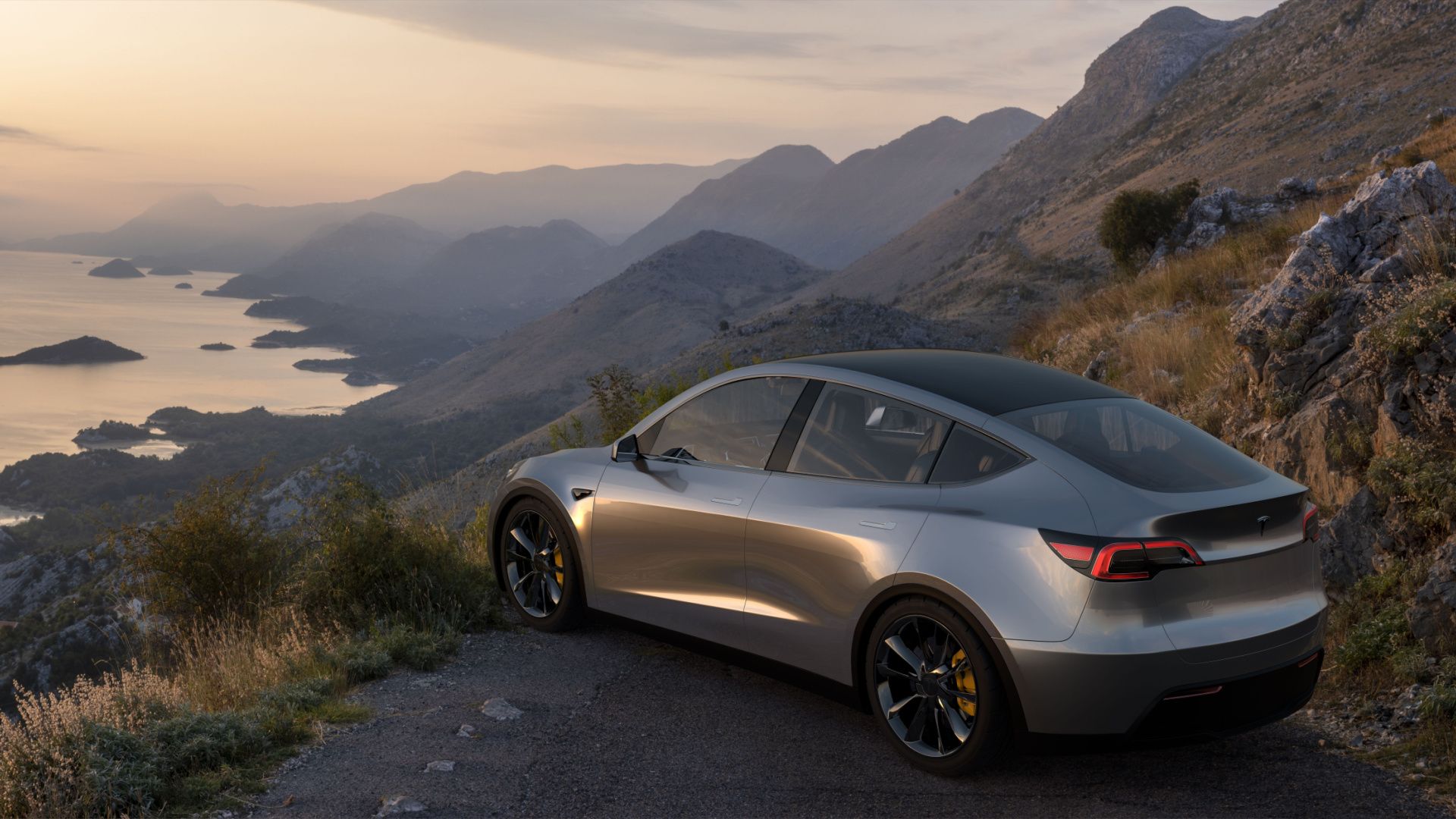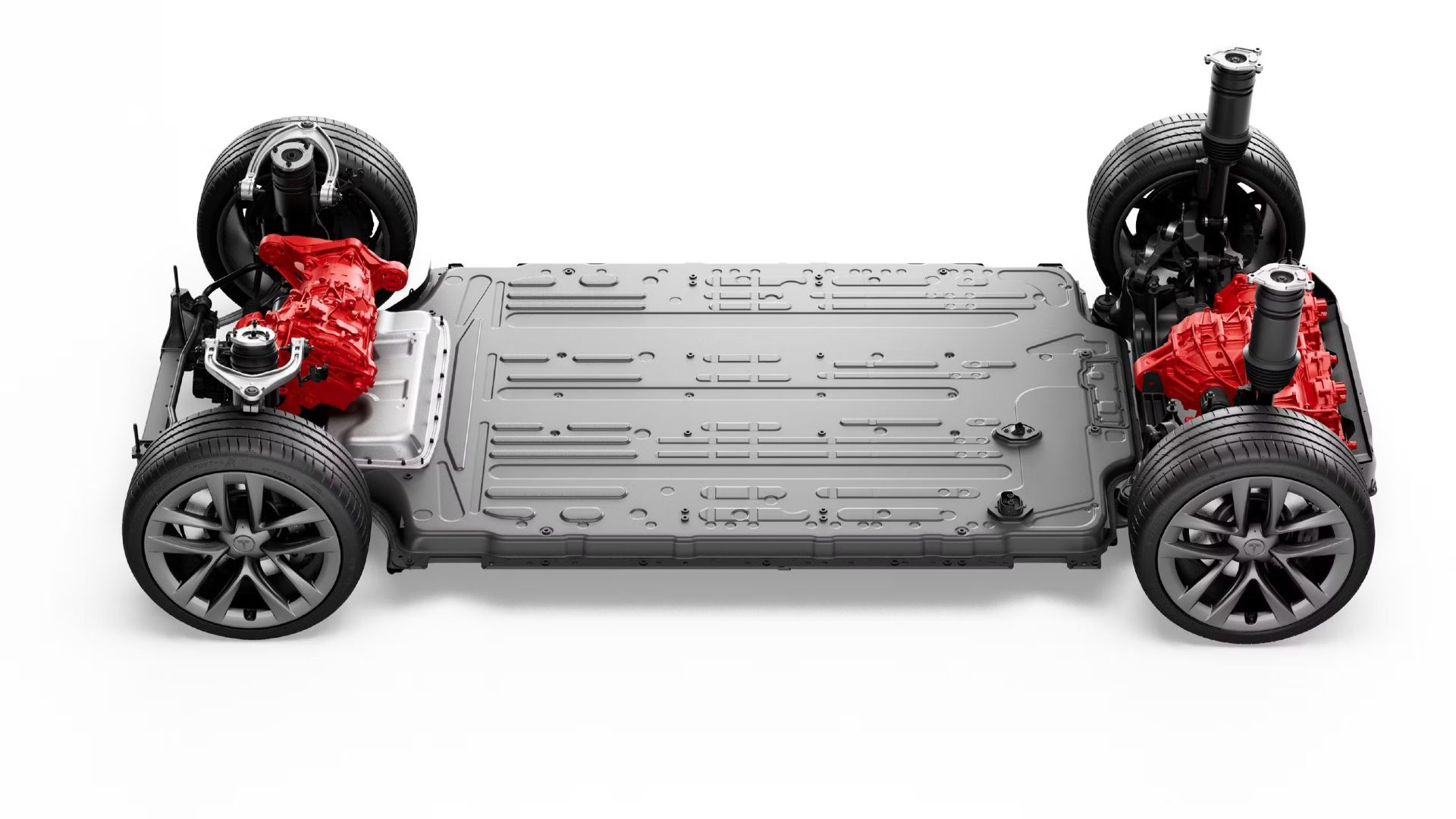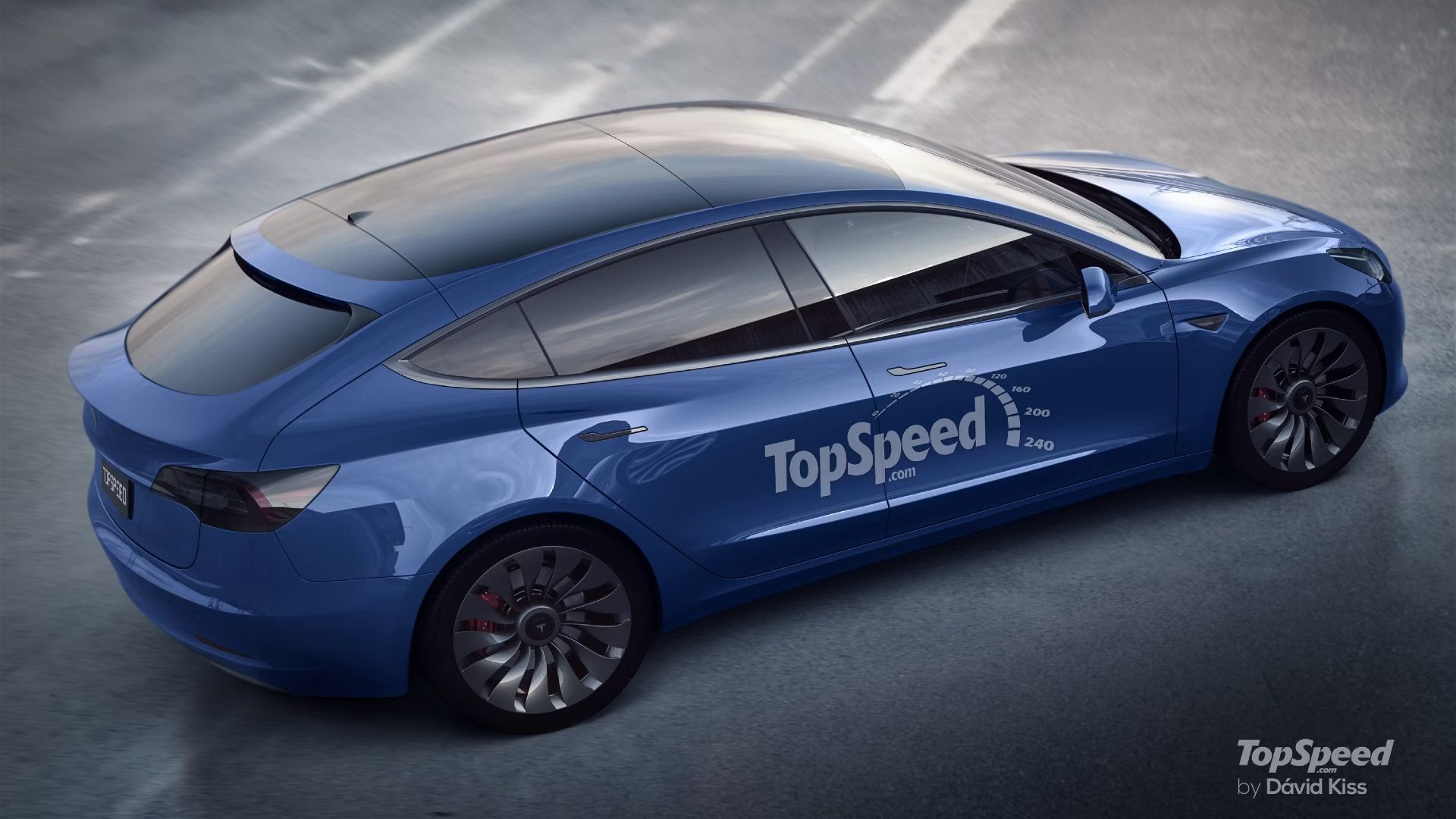The Tesla Model Y is the best-selling electric vehicle of all time. Just last year, it was fourth among the top 10 best-selling cars in the world and the top-selling EV in the U.S. Tesla's best-performing vehicle is now set to become the basis for the company's next generation of vehicles. According to industry insiders, Tesla is planning a small crossover based on the Model Y and targets production at four million vehicles a year by 2030. Meeting these production targets will help Tesla get close to the goal of producing 20 million EVs by the end of the decade. This is planned to be a cheaper model built on Tesla's next-generation platform which will help Tesla remain the leader in the electric vehicle market.
Tesla Next Generation Platform: What We Know?
This will be Tesla's third vehicle platform and most of the information about the product comes from the Tesla Q3 2022 Earnings Q&A back in October. Elon Musk revealed that the primary focus of the company was to develop the next generation of cars. He also said that this new platform will cost almost half of Tesla's current vehicles. While its production will be higher than all of Tesla's current products combined. However, no further information was revealed by Tesla at the time. Most of the information that followed was based on comments from industry experts and educated guesses based on Tesla's existing products. For example, most experts believe that if Tesla really wants to cut the prices in half, then the 4680 battery cells will have a huge role to play. Moreover, Tesla may use the Giga Press from Italy's IDRA group to ramp up production.
Despite little detail, the announcement of Tesla's next-gen platform was an indication of Tesla's plans for the long-rumored $25000 vehicle. The affordable EV was first announced at Battery Day 2020 Elon Musk promised a $25000 Tesla in three years. Now, with the latest reports, it seems that Tesla's affordable electric car is beginning to take shape and it is based on Tesla's most successful EV - the Model Y.
Tesla's Plans For The Model Y-based Small Crossover
Tesla does not reveal too many details about its product before the launch which is the case here as well. However, a report from China does provide insight into Tesla's plans. Tech publication 36Kr recently claimed that Tesla is planning its next-generation car and is building massive capacity for it. The low-priced model is a smaller version of the Model Y. Tesla is working on building an annual production capacity of up to four million units for it." Further clues about the upcoming vehicle were provided at Tesla's recent Invest Tesla Investor Day event held at the Austin Gigafactory. During the event, there were multiple references to the next-generation vehicle platform. This included rendered images of two future Tesla vehicles covered in white cloth. One of the vehicles is speculated to be an electric van while the other is the much-anticipated affordable car.
A bulk of the manufacturing of the new vehicle will happen at Gigafactory Mexico which will eventually produce half of the four million vehicles annually. The rest of the production will be shared equally between Giga Berlin and Giga Shanghai producing a million units each. Moving most of the production to Monterrey Mexico seems like a good idea as this will help cut down on labor costs. Elon Musk also said that all upcoming machines will learn from the production processes used in the Cybertruck to further optimize costs. While Tesla has laid out plans for the next generation of vehicles, it is too soon to say when it hit the markets. Since most of the production is relegated to Giga Mexico, it is safe to say that it won't be available until at least 2025. The actual timeline depends on how soon Tesla can construct and launch its sixth Gigafactory in Mexico. In the meantime, a picture can be painted of some of the essential features expected from this smaller crossover.
What To Expect From Tesla's Affordable Electric Car
The Model Y has been Tesla's most successful vehicle over the years. But even with the recent price cuts, it is still out of budget for most American households. With that fact, a sub $25,000 EV is a great innovation. However, this must not come at the expense of quality. Granted there will be some adjustments, however, there are a few things an affordable Tesla must have. One of the most important considerations for a cheap model is range. How long can an electric vehicle go on full charge has been a constant topic of debate in the EV industry. It is something that has massively improved with time and Tesla's next-gen vehicle must compete on that front. Whatever the price point, the value of the range will not diminish, and it is the one aspect that must not be compromised. Tesla is already working on advanced charging infrastructure and battery features which will help on that front. By the time this smaller crossover rolls around, it will become easier to equip it with a solid range.
The cheaper model will understandably be less powerful than many of Tesla's more luxurious variants. However, it will be interesting to see how Tesla manages expectations with the affordable variant. While there are going to be certain changes to how the car operates, Tesla can certainly ensure a sleek design and modern infotainment features within this lower price range. By doing so, Tesla will ensure that the vehicle does not lose its premium feel and its mass appeal. Whether this cheaper crossover lives up to Tesla's well-established standards remains to be seen. Tesla enthusiasts will be optimistic and the company certainly has the capability to deliver a groundbreaking product. However, they will have to dig deep and ensure that every resource is utilized. Tesla will need to get millions of 4680 battery cells in operation while also completing Giga Mexico at a swift pace. This will help Tesla move closer to its long-time promise of an affordable EV as well as the target of manufacturing 20 million annual electric cars by 2030.




